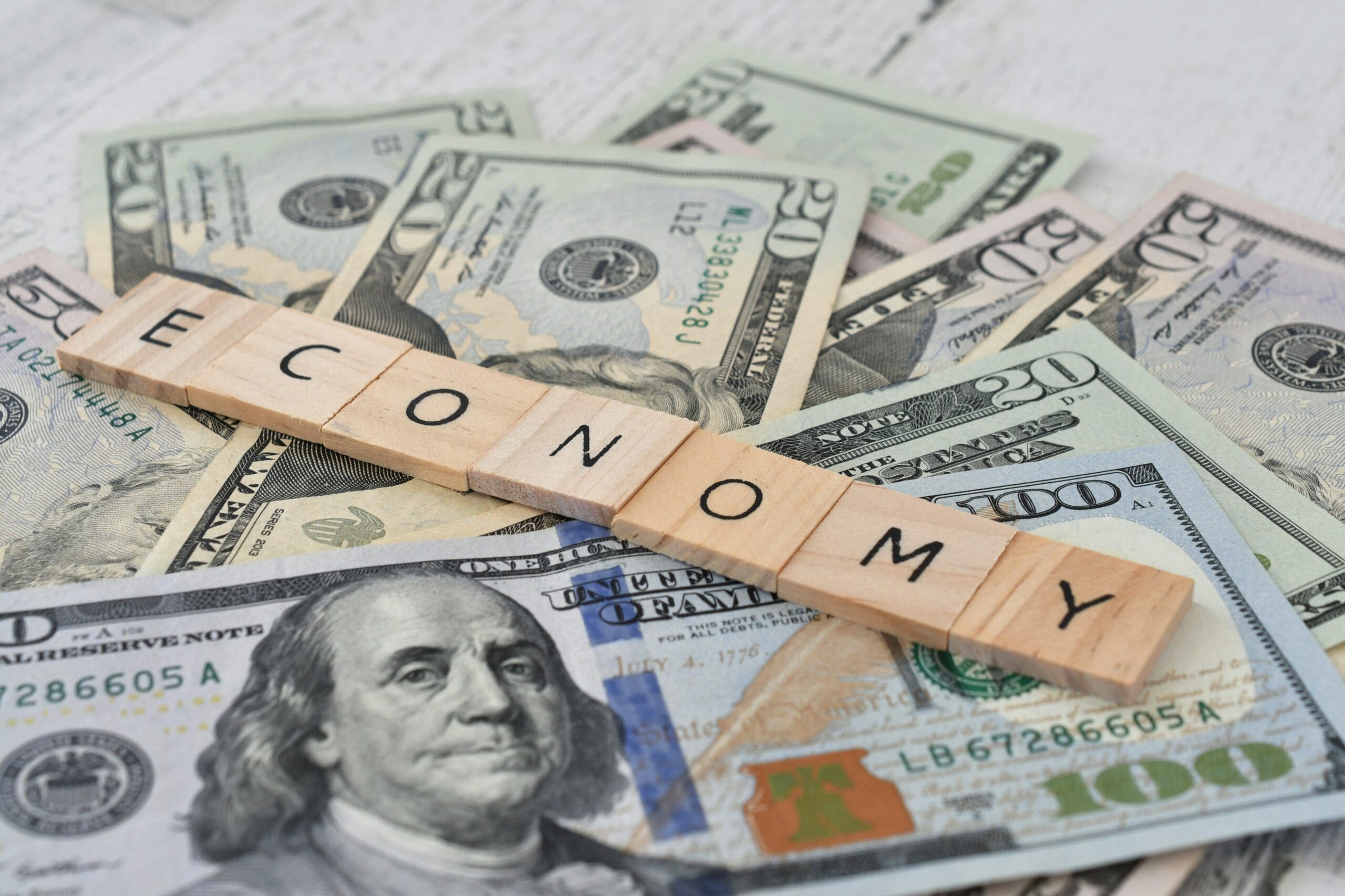By: John Csiszar
See original post here.
America stayed afloat during the pandemic thanks to a $5 trillion avalanche of money transferred from the government back to the people during 2020-21. The biggest share, according to The New York Times, was paid directly to households and businesses.
More than $1 trillion made its way into personal bank accounts through direct stimulus payments and advance Child Tax Credits alone. Trillions more reached them indirectly through enhancements to programs like SNAP.
Prices soon began increasing across the entire economy, and not long after, inflation was rising at its fastest rate in 40 years.
It’s easy to draw a straight cause-and-effect line between the two events, but the connection between today’s high inflation and the largest cash injection in America’s economic history is a bit more complicated than that.
The Payments Fueled Inflation — But Not All of It
Inflation is a normal and natural side effect of economic expansion. As businesses grow, they hire more workers, unemployment falls and households have more money to spend, so demand for goods and services increases, which causes prices to rise.
The economic impact of the pandemic, however, was neither normal nor natural, and the same could be said for today’s 8.3% inflation rate, which is finally trending down a bit after resting for months at a 40-year high, according to the Wall Street Journal.
In times of normal economic expansion, prices rise slowly as money slowly enters the economy, so it stands to reason that a sudden influx of trillions of stimulus dollars would send prices up quickly.
So are the stimulus payments to blame for today’s high inflation, as some voices on the politically toxic subject would have you believe? There’s no question that the payments are responsible for at least some of it — but how much?
The most reliable approximation comes from the Federal Reserve Bank of San Francisco, which estimated at the end of March that government stimulus may have added three percentage points to the national inflation rate.
There Is No One Thing That Caused Prices To Rise
Despite all the controversy, according to Fortune, economists generally agree on some of the causes behind the high inflation that has defined the economy over the last several months:
- The pandemic shifted consumer demand away from services toward goods, which left producers unable to keep up with demand.
- Factory closures from early in the pandemic reduced supply just as demand was rising, which sent prices up even further.
- Russia’s invasion of Ukraine caused a spike in oil prices, which increased the cost of both manufacturing and shipping, while also forcing up the price of wheat and other commodities.
On top of that, the U.S. was dealing with a labor shortage, leaving many businesses that had been shuttered for months unable to meet rising demand — much of which was due to stimulus payments — when they were finally able to open.
What About the Rest of the World?
Those who draw a straight line between stimulus payments and generationally high inflation have two indisputable facts on their side, according to ABC News:
- No country distributed anywhere near as much stimulus money to its people as the United States
- No country was hit as hard by rising inflation as the United States
That’s as close to a smoking gun as stimulus opponents could ever hope for, but it’s also a simplification. High inflation has been a worldwide phenomenon — but stimulus payments were not.
Other countries that reacted to the virus with comparatively passive monetary policies suffered from similarly high inflation. In the European Union, for example, inflation hit 7.5% — close to America’s rate — despite limited stimulus that never approached the scale of America’s payments.
In the End, It Was the Worst of Both Worlds at the Same Time
Can a huge injection of cash into the economy cause prices to rise? You bet.
According to the International Monetary Fund (IMF), “If the money supply grows too big relative to the size of an economy, the unit value of the currency diminishes; in other words, its purchasing power falls and prices rise.”
That describes the quantity theory of money, which is among the oldest and most primary economic concepts — but it’s not the only game in town.
The IMF elaborates with this: “Supply shocks that disrupt production, such as natural disasters, or raise production costs, such as high oil prices, can reduce overall supply and lead to ‘cost-push’ inflation, in which the impetus for price increases comes from a disruption to supply.”
Post-pandemic America experienced both at the same time — massive stimulus payments increased the quantity of money in the economy, which caused demand to soar just as supply shocks disrupted production and shipping.
Did stimulus checks cause inflation? Not exactly — but they certainly played a role.





















